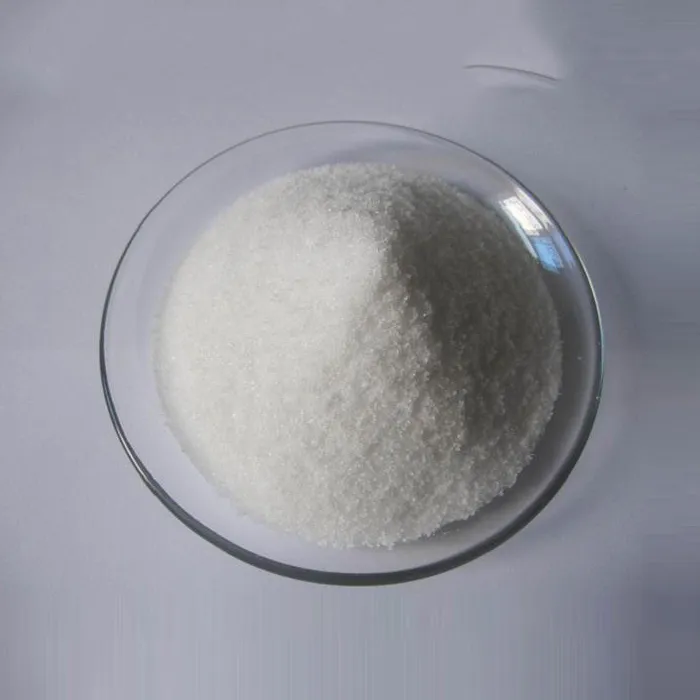Exploring Plastic Fillers Enhancing Performance and Cost-Effectiveness
In the contemporary landscape of material science and manufacturing, plastic fillers play a crucial role in enhancing the properties of various polymer products. These fillers, which can range from natural to synthetic materials, are integrated into plastic formulations to improve functionality, reduce costs, and even enhance the aesthetic appeal of the final product. This article aims to delve into the many facets of plastic fillers, including their types, benefits, and applications.
What are Plastic Fillers?
Plastic fillers are substances added to polymers to modify their physical and chemical characteristics. These fillers can be particulate, fibrous, or even a combination of the two, and are typically categorized as either reinforcing or non-reinforcing fillers. Reinforcing fillers, such as glass fibers or carbon nanotubes, enhance the strength and rigidity of the plastic, making it suitable for more demanding applications. Non-reinforcing fillers, such as talc or calcium carbonate, are primarily used to reduce production costs and improve the processing properties of the plastic.
Types of Plastic Fillers
The selection of plastic fillers largely depends on the desired properties of the final product and the application in question
. Common examples include1. Mineral Fillers These are inorganic compounds, like talc, kaolin clay, and calcium carbonate, which can improve rigidity, thermal stability, and surface finish while reducing production costs.
2. Organic Fillers These include materials derived from natural sources, such as wood flour and agricultural by-products. They are often used in environmentally friendly applications and can confer additional strength.
3. Synthetic Fillers Such as glass fibers and carbon fibers, which provide superior mechanical strength and are typically used in applications requiring high performance, such as automotive and aerospace components.
4. Functional Fillers These fillers serve a dual purpose, providing both enhancement of physical properties and functionality. For instance, electrically conductive fillers can be added to plastics to create materials that can dissipate static electricity.
Benefits of Using Plastic Fillers
plastic fillers

Incorporating fillers into plastics provides a plethora of benefits
1. Cost Reduction Fillers can significantly reduce the cost of materials by replacing more expensive polymers with less costly fillers while maintaining the desirable properties of the plastic.
2. Improved Mechanical Properties Strength and stiffness can be enhanced through the addition of the right type of filler, allowing for the development of materials suitable for high-stress applications.
3. Enhanced Processing The addition of fillers can improve the flow characteristics of plastics during processing, making them easier to mold and shape, thus optimizing manufacturing efficiencies.
4. Thermal Resistance Certain fillers can improve the thermal stability of polymers, making them more durable under heat and increasing their lifespan in various applications.
5. Aesthetic Improvement Fillers can also influence the appearance of plastics, allowing for various textures and finishes that can enhance the product's marketability.
Applications of Plastic Fillers
Plastic fillers find their way into a multitude of industries. From automotive to construction, consumer goods to electronics, fillers are essential in crafting cost-effective and high-performance materials. For example, glass fiber-reinforced composites are widely utilized in automotive panels and components due to their lightweight and robust nature. In the construction sector, plastics filled with calcium carbonate are used in siding, insulation, and roofing materials, providing durability and cost efficiency.
Conclusion
The use of plastic fillers is a fundamental aspect of modern material design and manufacturing. By enhancing the mechanical properties of plastics while concurrently reducing costs, fillers contribute significantly to the advancement of products across various industries. As research continues and new types of fillers emerge, the possibilities for innovation in plastics will only expand, paving the way for more sustainable and high-performance materials in the future. The journey of plastic fillers exemplifies the intersection of creativity, science, and engineering in transforming our everyday products into more functional and cost-effective solutions.

